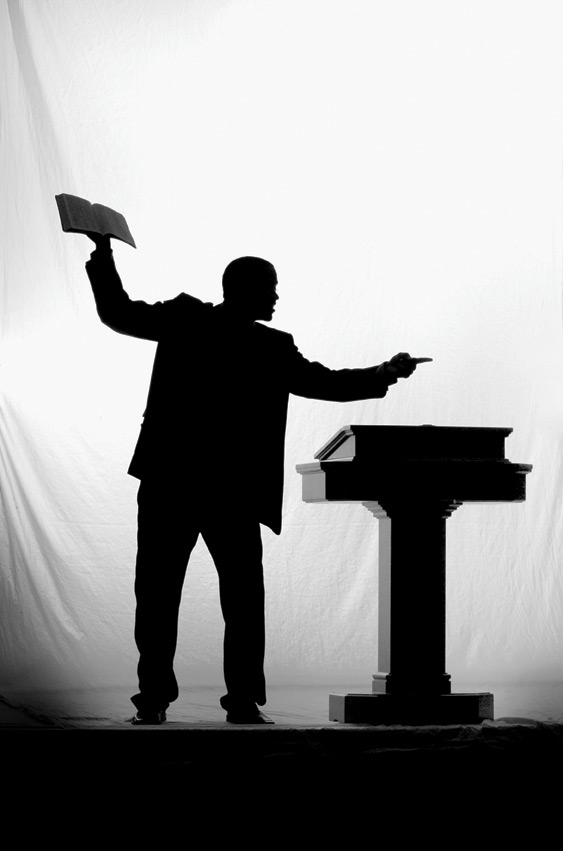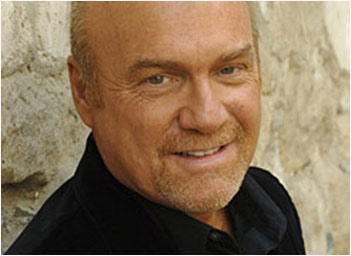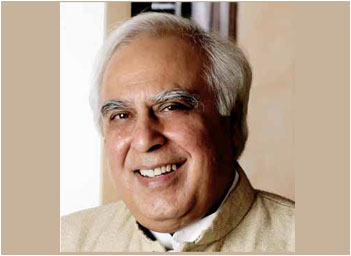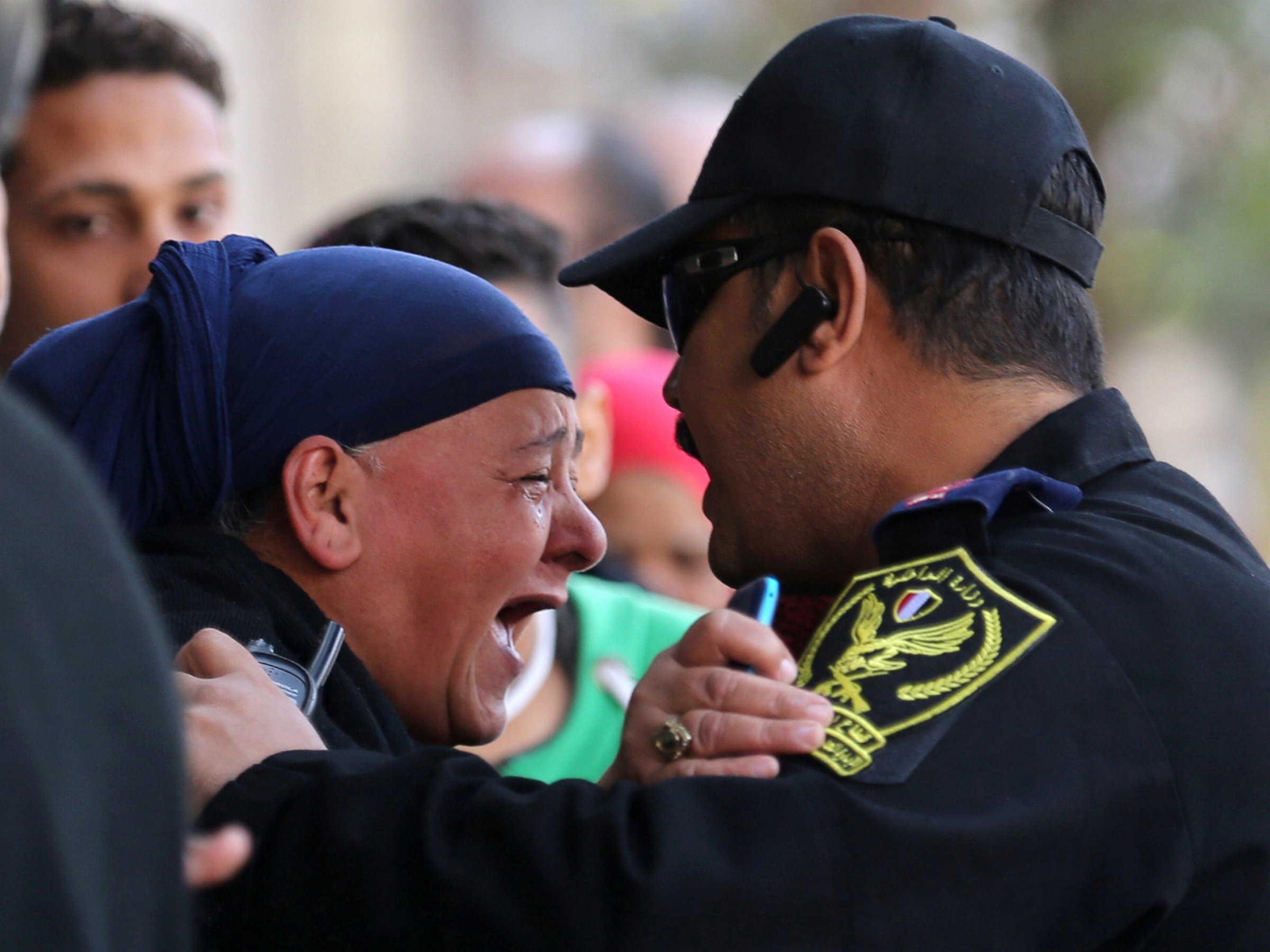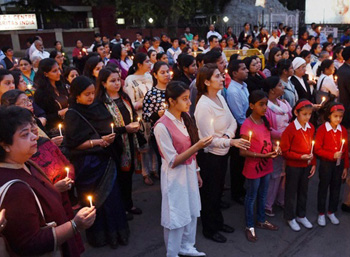
By Nicholas McDonald
AFTER READING ABOUT a half-dozen preaching books over the last few weeks, and re-reading a couple of oldies, I decided to refine my sermon prep structure, in order to make sure 1.) I’m hitting all the important areas, 2.) I’m doing it in the proper order, and 3.) I stay on a tight schedule.
While the hours below are obviously approximated, and need to be flexible, I’ve found them helpful guidelines to make sure I’m not getting lost in the weeds, and putting the hard work into areas I don’t necessarily love to work in.
This is about a 10-hour total process, which is the average amount of time a pastor spends on a sermon – if you have the luxury of more time, fantastic. If 10 hours seems like a wild luxury, this can be cut down:
1. Initial Observations. (1 Hour)
- Read the text with several different English translations.
- What initial insights do I have?
- What initial questions do I have?
- NOTE: This step especially happens on my knees, praying throughout.
2. Context. (1 Hour)
- How does this story/argument fit into the author’s whole story/argument?
- How does this story/argument fit into the epoch of the Canon?
- How does this story fit into the whole Bible (Old-new; new-old)?
- How does this story fit into the historical context?
3. Definitions. (1 Hour)
- What does the author’s work tell us about the words/phrases used?
- What does grammar/vocabulary tell us about the words/phrases used?
- What does history tell us about the words/phrases used?
4. Flow. (45 minutes)
- What is the Fallen Condition Focus (FCF)?
- What is the solution being offered?
- How does the argument/story answer this question point by point? What’s the argument’s flow? What are the story’s “scenes”?
5. Grounding. (2-3 Hours)
- Consult commentaries.
- Consult Systematic Theologies.
- Consult books/sermon manuscripts/articles.
6. Application. (45 minutes)
- Why did the FCF matter to the audience then, and why does it matter now?
- What is the single, crystal clear sentence (including an indicative AND an imperative) that will answer the BCQ?
- How does this text personally speak to me?
- What does this text say about God, society, and personal life?
- What objections are likely to be raised by secular/religious folks?
7. Shape (1 Hour) (In bold are the questions the congregation will ask internally, and the “P’s” are my answers.)
Who are you?
Person
- How have I personally experienced struggle with the FCF of this passage?
What’s Wrong?
Problem
- What are 2-3 quick, one-off contemporary illustrations of the FCF?
- How does a secular person articulate their struggle with the passage’s FCF? What books, resources, movies and quotes articulate this struggle in secular language?
- How does a religious person experience the passage’s FCF? What religious sources, quotes, illustrations, etc. can I use?
What’s the Solution?
Principle
- What is the text’s solution in a simple, catchy phrase?
- What object lesson/drama/power-point visual could bring the story/history/argument to life?
Prove
- How can I best follow the argument/structure of the story or rhetoric to make this point crystal? (3 Acts, 5 Rhetorical points, Etc.)
How do I participate?
Person
- How do I clearly make the gospel the only possible bridge between the FCF and the solution?
- What contemporary illustration can I use to sink the gospel message deep down into the heart?
Picture
- How can I effectively invite the non-believer to receive the gift of Christ?
- What poignant, practical questions can I ask the believer to help them “play the movie” of obedience/disobedience?
8. Memory (1.5 Hours)
- Write an outline of the sermon.
- Write a manuscript of the sermon.
- Practice the sermon/refine and cut to 35 minutes.
Nicholas McDonald is a blogger, pastor, and author of the book “Faker: How to Be Real When You’re Tempted to Fake it.” He studied creative writing and communication at Oxford University and Olivet Nazerene University, and received his M.Div from Gordon Conwell Theological Seminary. He currently resides in Lexington, NC, with his wife and two boys, Caleb and Owen.



